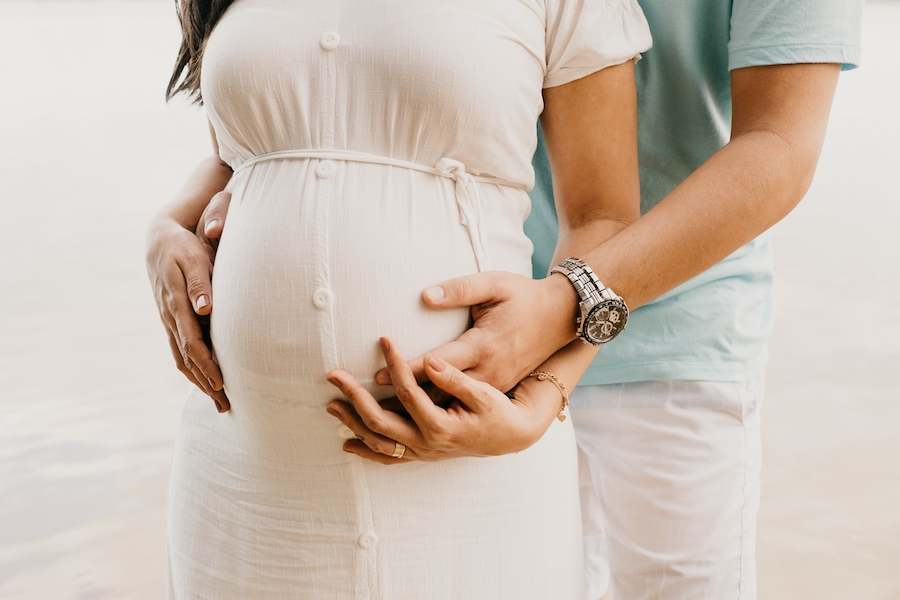Miscarriage is a heartbreaking event that affects many women and their families. It occurs when a pregnancy ends on its own before the fetus is able to survive outside of the womb. The risk of miscarriage varies depending on the stage of pregnancy, and it is important for women to understand the risks involved at different weeks of pregnancy.
During the first trimester, the risk of miscarriage is highest. According to the American College of Obstetricians and Gynecologists, the risk of miscarriage is approximately 10-25% during this time. The risk begins to decline during the second trimester and is estimated to be around 1-5%. By the third trimester, the risk of miscarriage is very low, at less than 0.5%.
There are several factors that can increase the risk of miscarriage, including age, certain medical conditions, and lifestyle choices. Women who are 35 years or older are at a higher risk of miscarriage than younger women. Certain medical conditions, such as hormonal imbalances, thyroid problems, and autoimmune disorders, can also increase the risk of miscarriage. Lifestyle choices, such as smoking, alcohol consumption, and drug use, can also increase the risk of miscarriage.
Certain environmental factors, such as exposure to toxins and pollutants, can also increase the risk of miscarriage. As well, some genetic disorders, such as Turner syndrome or Down syndrome, can lead to a higher risk of miscarriage.
It’s important to note that most of the time, the cause of a miscarriage is unknown and not due to anything the woman did or didn’t do.
It’s important for women to be aware of the risks of miscarriage and to seek medical attention if they suspect they are experiencing one. Early diagnosis and treatment can help to prevent complications and minimize the risk of future miscarriages.
In conclusion, the risk of miscarriage varies depending on the stage of pregnancy, with the highest risk during the first trimester. Factors such as age, medical conditions, lifestyle choices, and environmental factors can all increase the risk of miscarriage. It’s important for women to be aware of the risks and to seek medical attention if they suspect they are experiencing a miscarriage. With proper care and support, women can overcome this difficult experience and move forward with hope and strength.





